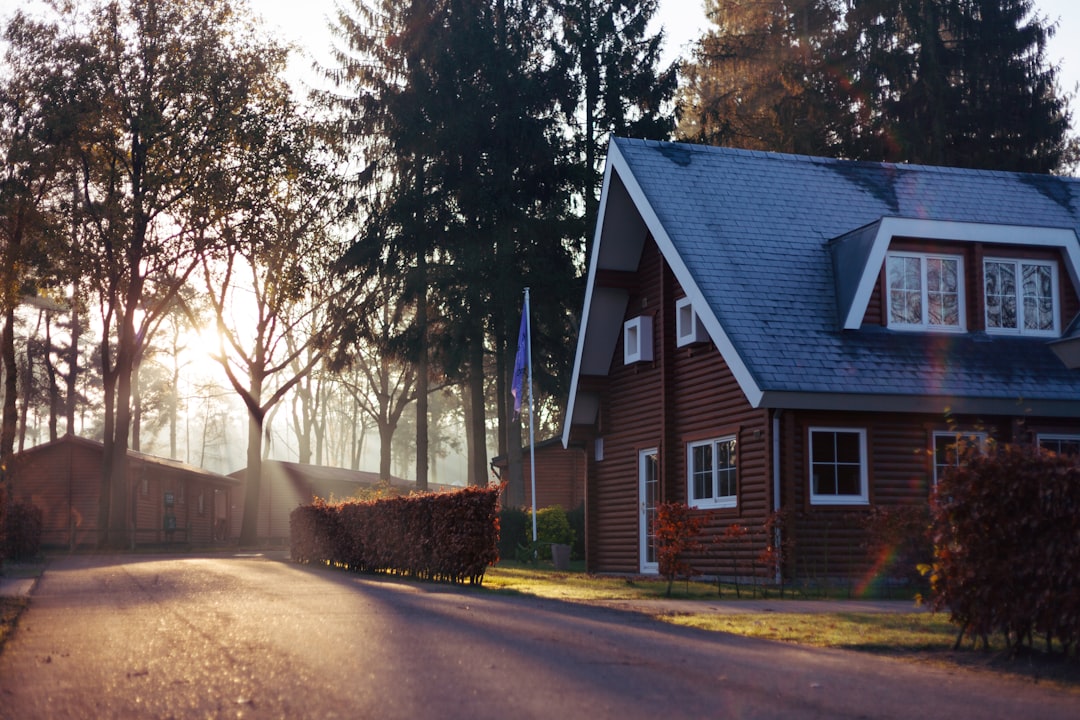
Your home is more than just a physical space—it’s a reflection of your personality, values, and emotions. The way you decorate and organize your living environment can have a profound impact on your mental well-being and overall mood. Color psychology plays a significant role in home decor, as different hues can evoke various emotions and behaviors. For example, cool tones like blue and green are known for their calming effects, making them ideal choices for bedrooms or relaxation areas. Warm tones such as red and orange can create a sense of energy and warmth, perfect for social spaces like dining rooms or living rooms. By understanding the psychological effects of color, you can create a harmonious and balanced atmosphere that promotes positive emotions and productivity. In addition to color, the layout and organization of your home can also influence your mood. Cluttered or disorganized spaces can lead to feelings of stress, anxiety, and overwhelm. On the other hand, a well-designed and clutter-free environment can foster a sense of calm, clarity, and focus. Incorporating elements of nature, such as plants or natural materials, can further enhance the psychological benefits of your home decor. Studies have shown that being surrounded by greenery can reduce stress, boost mood, and improve cognitive function. By bringing the outdoors in, you can create a sanctuary that nurtures both your physical and mental well-being. Ultimately, the key to creating a home that positively impacts your mood is to design a space that resonates with your individual needs and preferences. Listen to your intuition, experiment with different styles and elements, and create a personalized environment that makes you feel happy, inspired, and at peace. Your home should be a reflection of who you are and what brings you joy, so don’t be afraid to infuse your decor with personality and meaning. By harnessing the psychology of home decor, you can transform your living space into a haven that nourishes your mind, body, and soul.